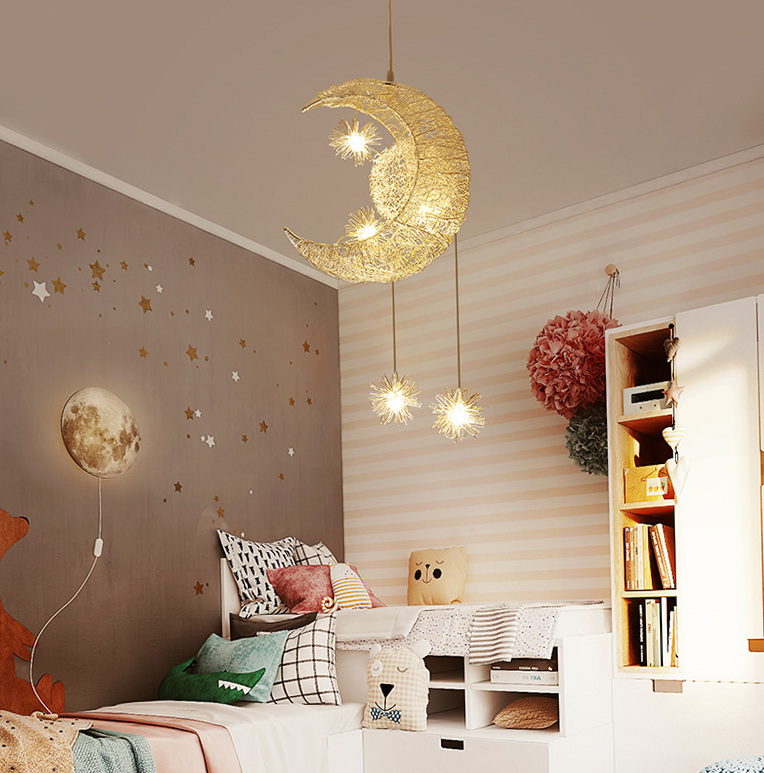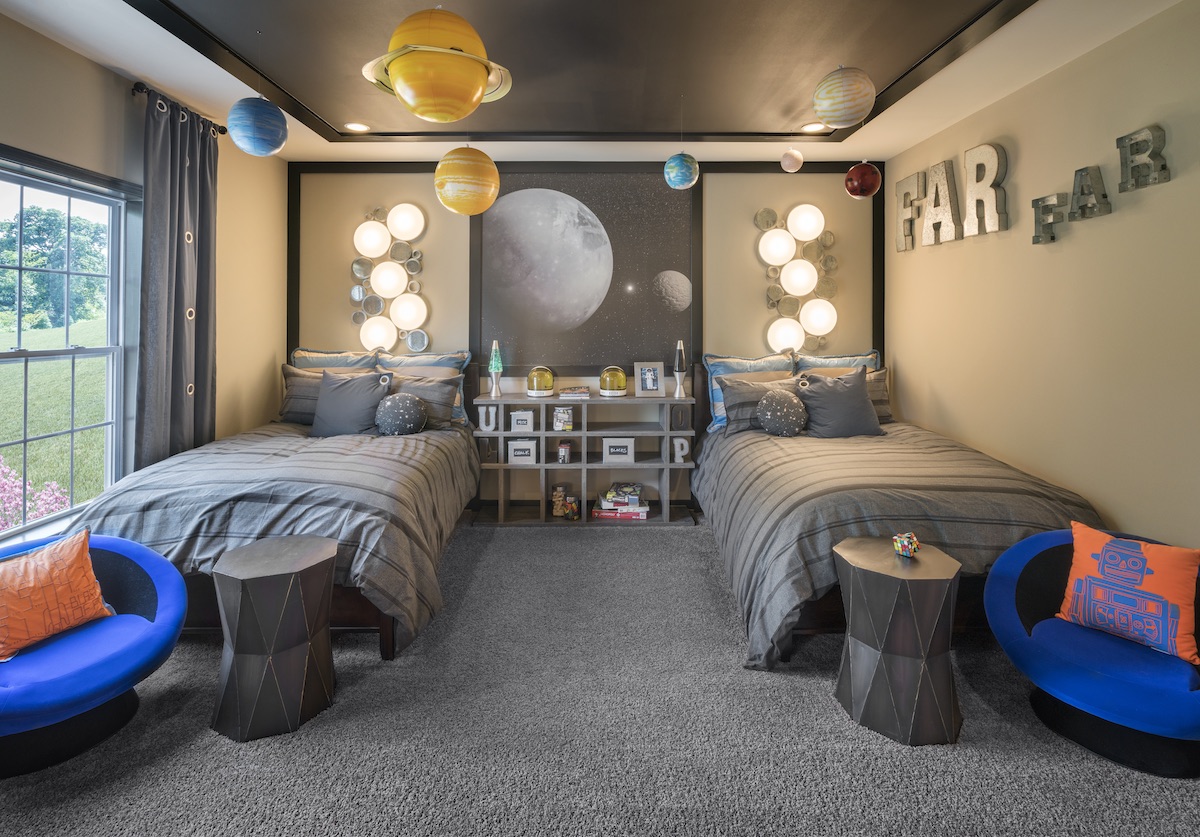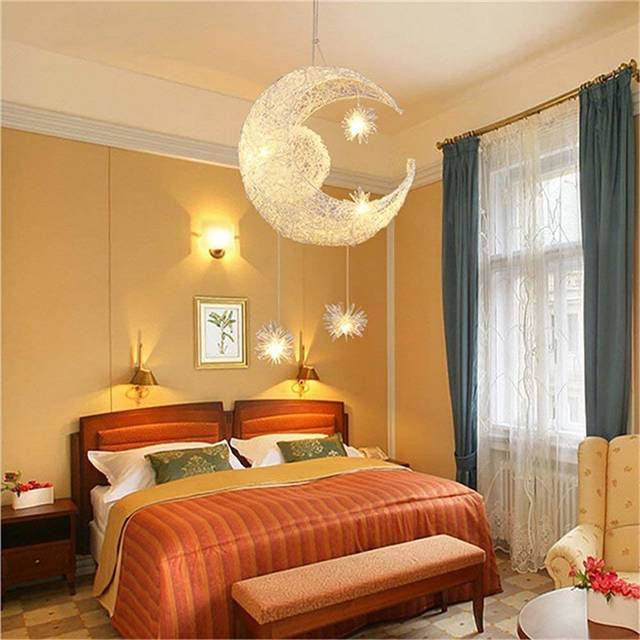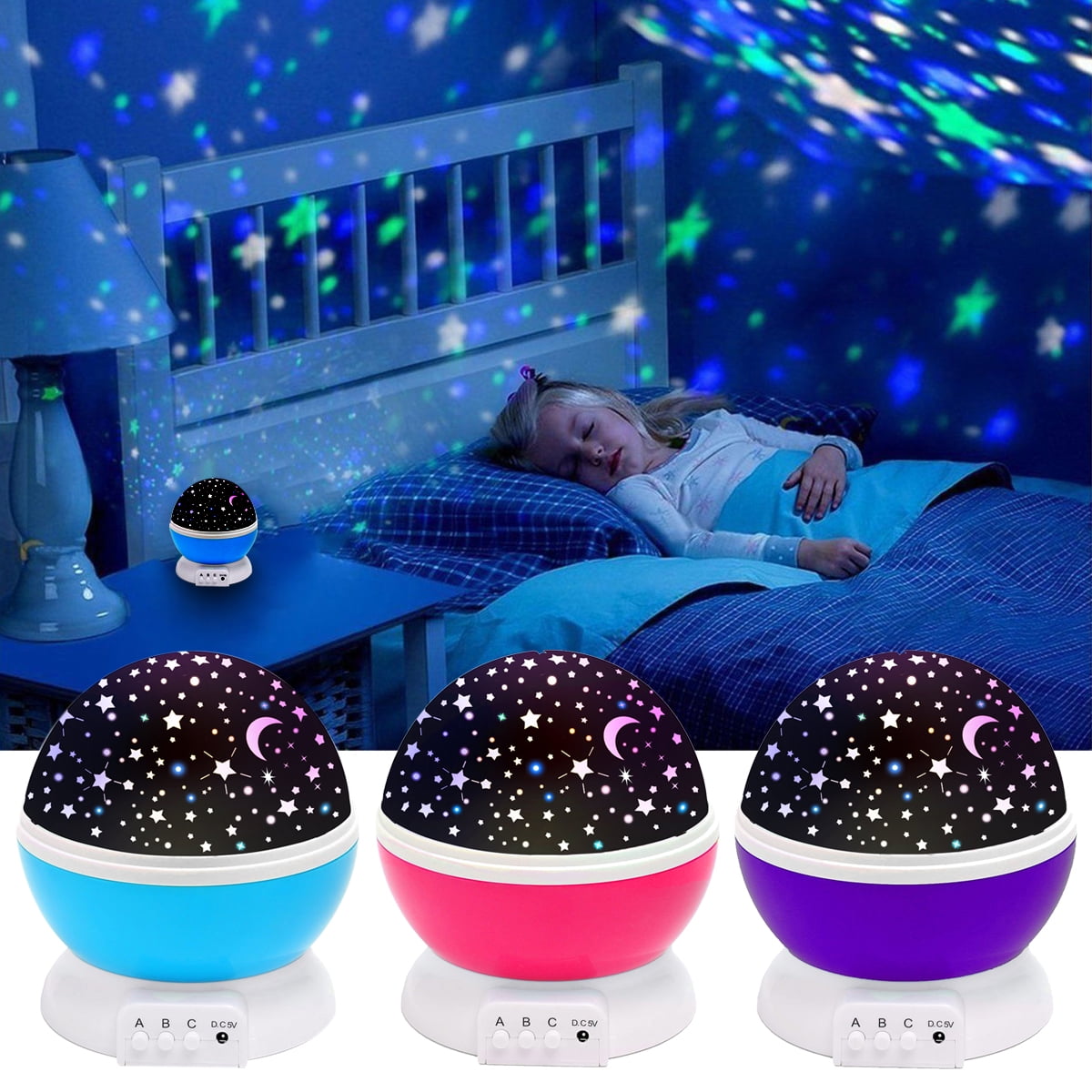The Best Kids Bedroom Lights for a Good Night's Sleep

The Best Kids Bedroom Lights for a Good Night's Sleep
As a parent, you want to give your child the best possible start in life. That means providing them with a safe and comfortable environment, where they can learn and grow. One of the most important things you can do for your child's sleep is to make sure their bedroom is dark, quiet, and cool.

One way to create a sleep-friendly environment is to choose the right kids bedroom lights. The wrong type of light can disrupt your child's sleep, making it difficult for them to fall asleep and stay asleep.

In this article, we will discuss the different types of kids bedroom lights and how to choose the best one for your child. We will also provide tips on how to create a sleep-friendly bedroom environment.
Types of Kids Bedroom Lights

There are three main types of kids bedroom lights:


- Night lights are designed to provide a soft, dim light that helps children feel safe and secure at night. Night lights should be placed away from the bed so that they don't shine directly into your child's eyes.
- Dimmer switches allow you to control the brightness of your child's bedroom light. This can be helpful for creating a relaxing bedtime routine and for helping your child fall asleep.
- Smart lights are connected to the internet and can be controlled with your smartphone. This can be a convenient way to turn on the lights for your child at night or to set a wake-up alarm.
How to Choose the Best Kids Bedroom Light

When choosing a kids bedroom light, there are a few things you need to consider:


- Brightness: The brightness of the light should be low enough to create a relaxing atmosphere, but high enough so that your child can see what they're doing.
- Color temperature: The color temperature of the light should be warm (2700-3000K). Warm light is more soothing and relaxing than cool light (4000-5000K).
- Placement: The light should be placed away from your child's bed so that it doesn't shine directly into their eyes.
- Durability: The light should be durable enough to withstand being knocked over or played with.
- Price: The price of the light should be within your budget.
Tips for Creating a Sleep-Friendly Bedroom Environment

In addition to choosing the right kids bedroom light, there are a few other things you can do to create a sleep-friendly environment:


- Make sure the room is dark. Darkness helps to promote sleep by releasing melatonin, a hormone that helps to regulate the sleep-wake cycle. Close the curtains or blinds during the day and use blackout curtains or blinds at night.
- Make sure the room is quiet. Noise can disrupt sleep, so make sure the room is as quiet as possible at night. Turn off the TV, radio, and any other noise-making devices.
- Make sure the room is cool. The ideal temperature for sleep is between 60° and 68°F. If the room is too hot, your child will have a harder time falling asleep and staying asleep.
- Create a bedtime routine. A bedtime routine helps to signal to your child's body that it's time for bed. Your bedtime routine could include things like taking a bath, reading a book, and saying goodnight to your child.
Conclusion

By choosing the right kids bedroom light and creating a sleep-friendly environment, you can help your child get the rest they need to grow and develop.

Keywords: kids bedroom light, night light, dimmer switch, smart light, brightness, color temperature, placement, durability, price



The Best Kids Bedroom Lights for a Good Night's Sleep
As a parent, you want what's best for your child. That means providing them with a safe and comfortable environment where they can thrive. One important part of that is making sure they get a good night's sleep.

Unfortunately, many kids have trouble falling asleep and staying asleep. This can be due to a number of factors, including:


- Too much light: A child's bedroom should be dark and quiet in order to promote sleep. If there's too much light, it can make it difficult for your child to fall asleep and stay asleep.
- Too much noise: Similarly, a child's bedroom should be quiet in order to promote sleep. If there's too much noise, it can also make it difficult for your child to fall asleep and stay asleep.
- An uncomfortable bed: A child's bed should be comfortable and supportive in order to promote sleep. If your child's bed is uncomfortable, it can make it difficult for them to fall asleep and stay asleep.
- A lack of routine: Children thrive on routine. Having a consistent bedtime routine can help your child wind down and get ready for bed.
- Stress: Stress can make it difficult for anyone to fall asleep, including children. If your child is feeling stressed, it's important to find ways to help them relax before bed.
If your child is having trouble falling asleep or staying asleep, there are a few things you can do to help. One of the most important things is to make sure their bedroom is dark, quiet, and comfortable. You can also try using a white noise machine or earplugs to block out noise. If your child has a hard time falling asleep at a consistent time, try creating a bedtime routine that helps them wind down. And finally, if your child is feeling stressed, it's important to find ways to help them relax before bed.

In addition to these general tips, there are a few specific things you can do to make your child's bedroom more conducive to sleep. One important factor is the type of light in the bedroom. Children's bedrooms should be lit with warm, dim lights. This type of light is less stimulating than bright, cool light, and it can help your child relax and fall asleep more easily.


Another important factor is the placement of the light sources. The best place for a light source in a child's bedroom is on the ceiling. This will help to create a more diffused light that is less likely to wake your child up. You should also avoid using any type of light that is directly in your child's line of sight.
If you're looking for a specific type of light to use in your child's bedroom, there are a few options to choose from. LED lights are a good option because they are energy-efficient and emit a warm, dim light. Incandescent bulbs are another option, but they are not as energy-efficient as LED bulbs. Halogen bulbs are not recommended for use in children's bedrooms because they emit a bright, cool light that can be stimulating.

Once you've chosen the type of light source you want to use, you need to decide how bright the light should be. The brightness of the light should be dimmed to the lowest setting that is still bright enough for your child to see. This will help to create a more relaxing environment and make it easier for your child to fall asleep.


Here are some additional tips for choosing the best kids bedroom lights for a good night's sleep:
- Choose a light source that is dimmable. This will allow you to adjust the brightness of the light to your child's individual needs.
- Choose a light source that is energy-efficient. This will help you save money on your energy bills.
- Choose a light source that is safe. Make sure the light source is UL-listed and that it does not produce any harmful radiation.
- Choose a light source that is stylish. The light source should complement the décor of your child's bedroom.

Here are some of the best kids bedroom lights for a good night's sleep:

- The Philips Hue White Ambiance LED Light Bulb is a great option for children's bedrooms. It is dimmable and can produce a warm, dim light that is perfect for sleep. The bulb is also energy-efficient and has a long lifespan.
- The IKEA TRÅDFRI LED Light Bulb is another good option for children's bedrooms. It is dimmable and can produce a warm, dim light that is perfect for sleep. The.




